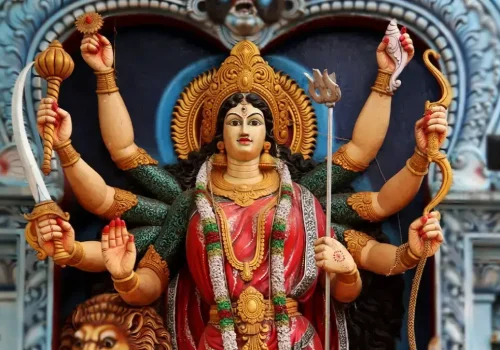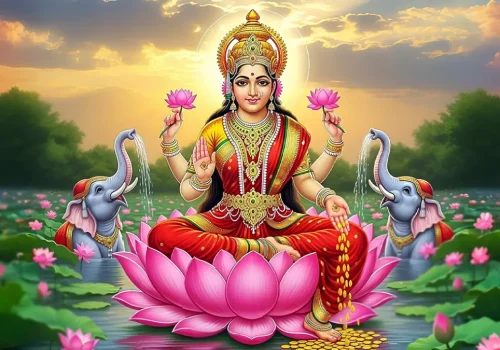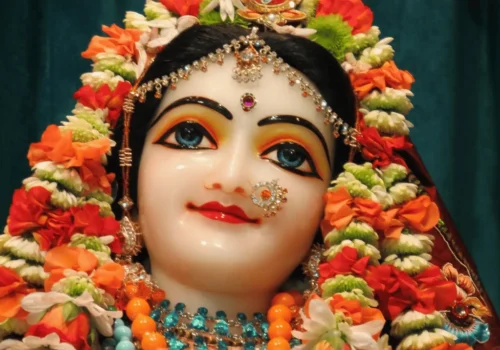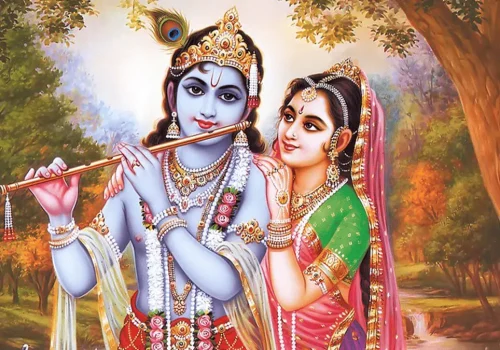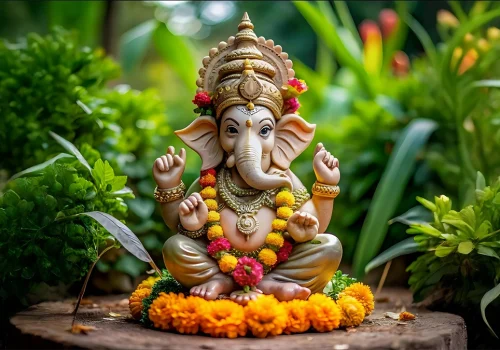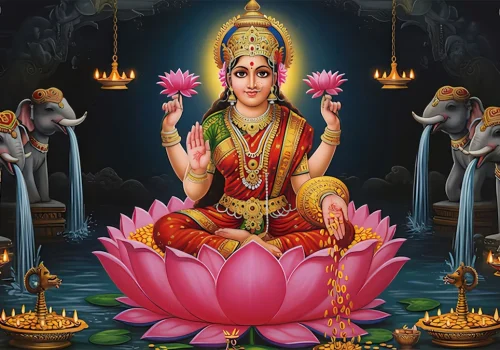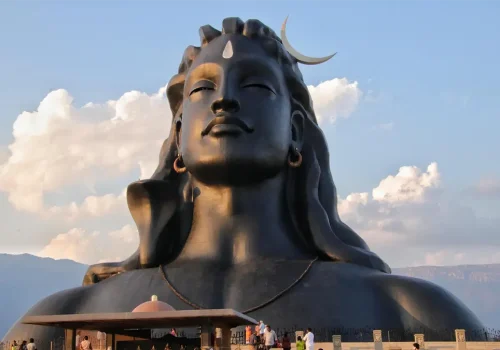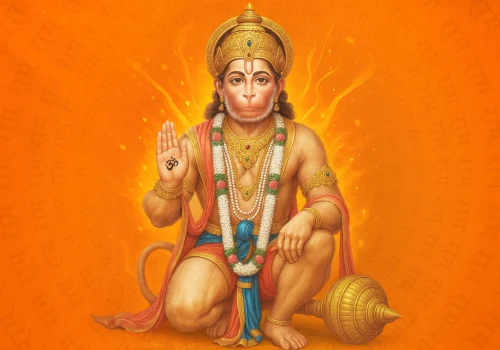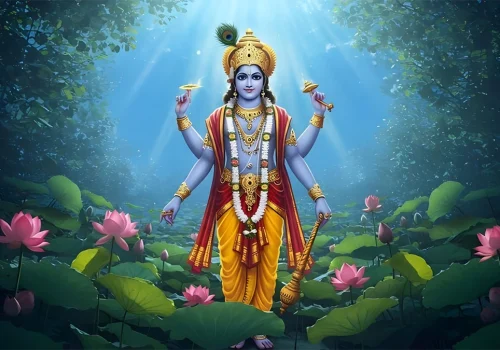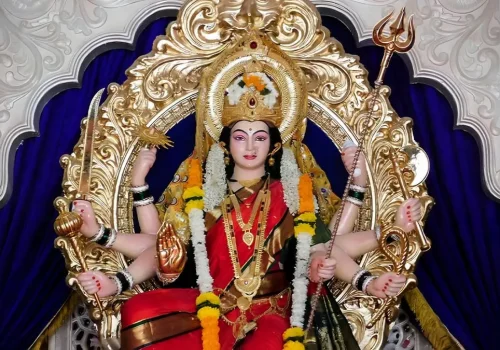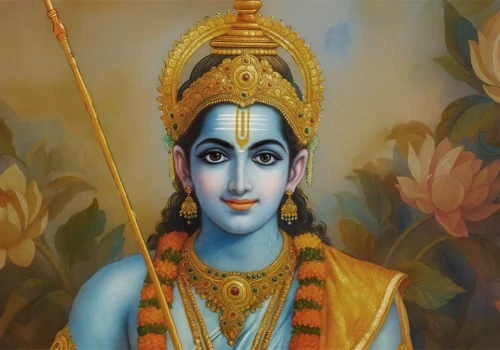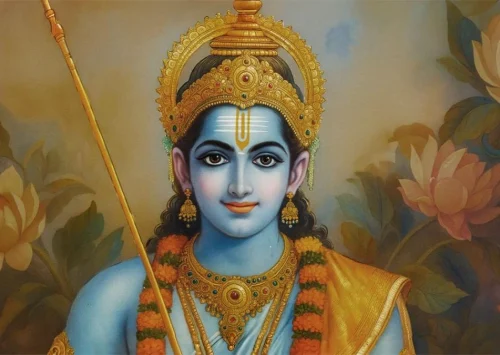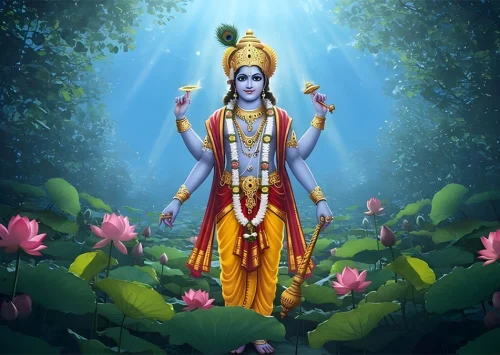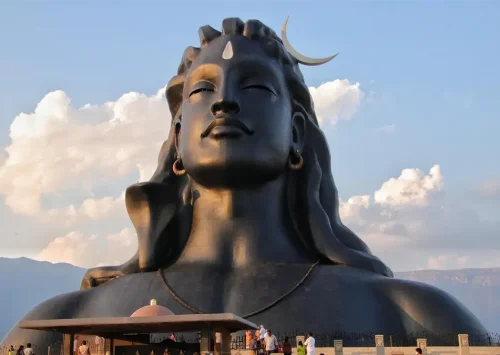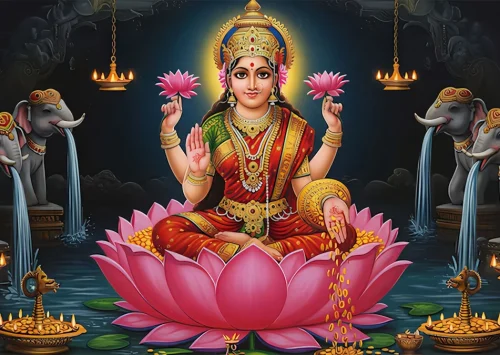Lord Shiva Chalisa: जय गिरिजा पति दीन दयाला। सदा करत संतन प्रतिपाला॥ शिव चालीसा (Shiva Chalisa Hindi) का पाठ करना अत्यंत शुभ और लाभकारी माना गया है। भक्तों का विश्वास है कि भगवान शिव चालीसा (Lord Shiva Chalisa) का नियमित पाठ शांति प्रदान करता है, बाधाएँ दूर करता है और आशीर्वाद दिलाता है। महाशिवरात्रि, सोमवार या सावन के दिनों में शिव चालीसा का पाठ विशेष महत्व रखता है। यहाँ आपको दैनिक प्रार्थना और पूजा हेतु सम्पूर्ण शिव चालीसा हिन्दी में उपलब्ध है।
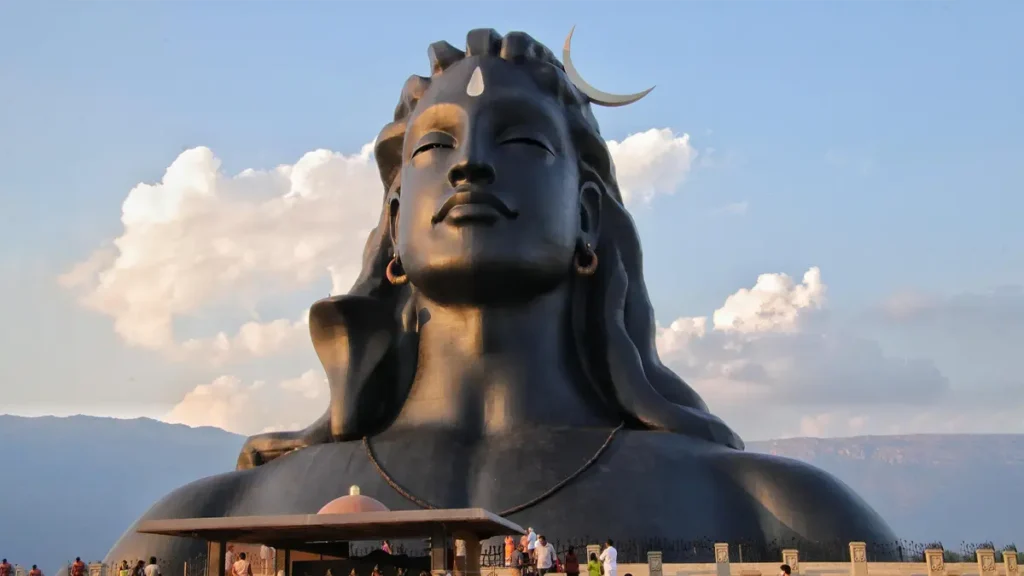
Lord Shiva Chalisa (Shiva Chalisa Hindi)
॥ दोहा ॥
जय गणेश गिरिजा सुवन, मंगल मूल सुजान ।
कहत अयोध्यादास तुम, देहु अभय वरदान ॥
॥ चौपाई ॥
जय गिरिजा पति दीन दयाला ।
सदा करत सन्तन प्रतिपाला ॥
भाल चन्द्रमा सोहत नीके ।
कानन कुण्डल नागफनी के ॥
अंग गौर शिर गंग बहाये ।
मुण्डमाल तन क्षार लगाए ॥
वस्त्र खाल बाघम्बर सोहे ।
छवि को देखि नाग मन मोहे ॥
मैना मातु की हवे दुलारी ।
बाम अंग सोहत छवि न्यारी ॥
कर त्रिशूल सोहत छवि भारी ।
करत सदा शत्रुन क्षयकारी ॥
नन्दि गणेश सोहै तहँ कैसे ।
सागर मध्य कमल हैं जैसे ॥
कार्तिक श्याम और गणराऊ ।
या छवि को कहि जात न काऊ ॥
देवन जबहीं जाय पुकारा ।
तब ही दुख प्रभु आप निवारा ॥
किया उपद्रव तारक भारी ।
देवन सब मिलि तुमहिं जुहारी ॥
तुरत षडानन आप पठायउ ।
लवनिमेष महँ मारि गिरायउ ॥
आप जलंधर असुर संहारा ।
सुयश तुम्हार विदित संसारा ॥
त्रिपुरासुर सन युद्ध मचाई ।
सबहिं कृपा कर लीन बचाई ॥
किया तपहिं भागीरथ भारी ।
पुरब प्रतिज्ञा तासु पुरारी ॥
दानिन महँ तुम सम कोउ नाहीं ।
सेवक स्तुति करत सदाहीं ॥
वेद नाम महिमा तव गाई।
अकथ अनादि भेद नहिं पाई ॥
प्रकटी उदधि मंथन में ज्वाला ।
जरत सुरासुर भए विहाला ॥
कीन्ही दया तहं करी सहाई ।
नीलकण्ठ तब नाम कहाई ॥
पूजन रामचन्द्र जब कीन्हा ।
जीत के लंक विभीषण दीन्हा ॥
सहस कमल में हो रहे धारी ।
कीन्ह परीक्षा तबहिं पुरारी ॥
एक कमल प्रभु राखेउ जोई ।
कमल नयन पूजन चहं सोई ॥
कठिन भक्ति देखी प्रभु शंकर ।
भए प्रसन्न दिए इच्छित वर ॥
जय जय जय अनन्त अविनाशी ।
करत कृपा सब के घटवासी ॥
दुष्ट सकल नित मोहि सतावै ।
भ्रमत रहौं मोहि चैन न आवै ॥
त्राहि त्राहि मैं नाथ पुकारो ।
येहि अवसर मोहि आन उबारो ॥
लै त्रिशूल शत्रुन को मारो ।
संकट से मोहि आन उबारो ॥
मात-पिता भ्राता सब होई ।
संकट में पूछत नहिं कोई ॥
स्वामी एक है आस तुम्हारी ।
आय हरहु मम संकट भारी ॥
धन निर्धन को देत सदा हीं ।
जो कोई जांचे सो फल पाहीं ॥
अस्तुति केहि विधि करैं तुम्हारी ।
क्षमहु नाथ अब चूक हमारी ॥
शंकर हो संकट के नाशन ।
मंगल कारण विघ्न विनाशन ॥
योगी यति मुनि ध्यान लगावैं ।
शारद नारद शीश नवावैं ॥
नमो नमो जय नमः शिवाय ।
सुर ब्रह्मादिक पार न पाय ॥
जो यह पाठ करे मन लाई ।
ता पर होत है शम्भु सहाई ॥
ॠनियां जो कोई हो अधिकारी ।
पाठ करे सो पावन हारी ॥
पुत्र होन कर इच्छा कोई ।
निश्चय शिव प्रसाद तेहि होई ॥
पण्डित त्रयोदशी को लावे ।
ध्यान पूर्वक होम करावे ॥
त्रयोदशी व्रत करै हमेशा ।
ताके तन नहीं रहै कलेशा ॥
धूप दीप नैवेद्य चढ़ावे ।
शंकर सम्मुख पाठ सुनावे ॥
जन्म जन्म के पाप नसावे ।
अन्त धाम शिवपुर में पावे ॥
कहैं अयोध्यादास आस तुम्हारी ।
जानि सकल दुःख हरहु हमारी ॥
॥ दोहा ॥
नित्त नेम कर प्रातः ही, पाठ करौं चालीसा ।
तुम मेरी मनोकामना,पूर्ण करो जगदीश ॥
मगसर छठि हेमन्त ॠतु, संवत चौसठ जान ।
अस्तुति चालीसा शिवहि, पूर्ण कीन कल्याण ॥
Avoid this common mispronunciation while reciting Lord Shiva Chalisa
Many people, while reciting the Shiv Chalisa, end up saying this incorrectly. Let’s understand the difference:
पुत्र हीन कर इच्छा कोई । निश्चय शिव प्रसाद तेहि होई ॥
This wrongly suggests that “if someone has a desire, they will be left without a son.” Such a meaning is negative and not in harmony with the blessings of Lord Shiva.
पुत्र होन कर इच्छा कोई । निश्चय शिव प्रसाद तेहि होई ॥
The correct line beautifully conveys that “Lord Shiva will bless his devotees with a son and also fulfill their other wishes.” This matches with Lord Shiva’s kind and caring nature, who is always ready to bless his true devotees.
Meaning and Essence of Lord Shiva Chalisa
Lord Shiva Chalisa is a sacred hymn offered in devotion to Lord Shiva, who is the compassionate destroyer of evil, the protector of devotees, and the eternal giver of divine blessings.
✨ The verses describe him with the crescent moon on his forehead, the holy Ganga flowing from his matted locks, serpents around his neck, and a tiger skin for his garment. Each of these is a sign of his fearlessness and divine strength.
✨He is admired for his kindness in protecting saints and devotees. He fought against demons like Tarakasura and Tripurasura, and fulfilled his promise to Bhagiratha by bringing the sacred Ganga to Earth.
✨ His sacrifice during the great churning of the ocean, when he consumed deadly poison to save creation, led to the name Neelkanth, which means blue-throated one.
✨ The Chalisa reminds us that Lord Shiva is eternal and limitless, beyond the understanding of any gods, sages, or the Vedas, yet he lovingly resides in the hearts of his devotees.
The Shiva Chalisa concludes by stating that with true devotion and by chanting his name, a person can be freed from fear and pain. They can find peace and happiness, and receive the blessing of liberation in the divine abode of Shivapuri.
Common Mistakes To avoid while reciting Lord Shiva Chalisa
Many devotees recite Shiva Chalisa Hindi with devotion, but a few small mistakes can reduce its true impact. Here are the common ones to avoid:
Know more about Lord Shiva
Lord Shiva Chalisa was written by Saint Ayodhyadas. It has 40 verses that honor Lord Shiva and are based on the Shiva Purana. When devotees recite it with devotion, they receive blessings of happiness, prosperity, and freedom from life’s troubles.
Lord Shiva Chalisa can be read any odd number of times, such as 3, 5, or 11. However, what truly matters is devotion. Even reading it once a day with faith can bring peace, positivity, and a deeper connection with Lord Shiva. Regular recitation is said to invite his blessings and change daily life.
Lord Shiva is often shown with Vasuki around his neck. In Hindu belief, Vasuki is respected as the king of the Nagas, or serpent beings. He played an important role in the Samudra Manthan, the great churning of the ocean. He is also seen as Shiva's loyal companion and a holy ornament.
Shiva wears a snake around his neck to show his control over danger, death, ego, and all negative forces like poison and desire. The snake also represents the strong Kundalini energy, which shows that Lord Shiva has mastered it. His connection with the serpent reflects both protection for all creatures and freedom from fear and time.
Even before Vasuki decorated Lord Shiva’s neck, he was respected throughout the three worlds as the Nāgarāja, the King of Serpents. Born to Kadru and Sage Kashyapa, Vasuki was no ordinary serpent; he was strong, wise, and devoted to dharma. While many of his serpent kin were caught in pride and conflict, Vasuki chose the path of penance, service, and devotion to the divine. Impressed by his devotion and dedication, Lord Shiva accepted Vasuki and placed him around his neck. This made him a symbol of fearlessness, protection, and eternal energy.
During the Samudra Manthan, or churning of the cosmic ocean, the Devas, or gods, and Asuras, or demons, came together to get Amrit, the nectar of immortality. However, before the nectar could be obtained, a deadly poison called Halahala emerged. Its fumes were so strong that they could destroy all of creation. To protect the universe, Lord Shiva consumed the poison and kept it in his throat. This caused his throat to turn blue. From that point on, he was known as Neelakantha, which means the blue-throated one. This name symbolizes his great sacrifice for the welfare of all beings.
Lord Shiva is called the Destroyer because destruction is an essential part of the cycle of life. This cycle consists of creation, preservation, and renewal. Shiva's destruction is not about random ruin; it focuses on removing what is old, negative, or harmful, such as ego, ignorance, and evil forces. By clearing away these obstacles, he creates room for new beginnings, growth, and spiritual freedom (moksha). His role demonstrates that destruction is actually a type of transformation that leads to a higher and better universe.
Shiva is sometimes shown with five faces, called Panchamukha or Sadashiva. These faces are Sadyojāta, Vāmadeva, Aghora, Tatpurusha, and Īśāna. Each one represents a different role and meaning. They connect to the five directions: East, West, North, South, and the sky above. They also correspond to the five natural elements: earth, water, fire, air, and space. Together, the faces express Shiva’s abilities to create, protect, destroy, conceal the truth, and ultimately grant liberation (moksha).
Goddess Shakti, the Adi-Shakti herself, took birth as Goddess Sati, also known as Dakshayani. She became the first wife of Lord Shiva and chose to marry him despite the disapproval of her father, King Daksha. Later, when Daksha insulted Shiva, Sati took her own life in the sacrificial fire. She was reborn as Goddess Parvati, which allowed Shiva to maintain his connection with the earthly realm.
Related Posts
- All Posts
- Aarti
- Chalisa
- Stotram
- Stuti
- Back
- Shiva
- Hanuman
- Shri Radha
- Durga
- Lakshmi
- Back
- Ganesh Ji
- Maha Lakshmi
- Lord Vishnu
- Durga Maa
- Back
- Shri Radha
- Back
- Shri Ram
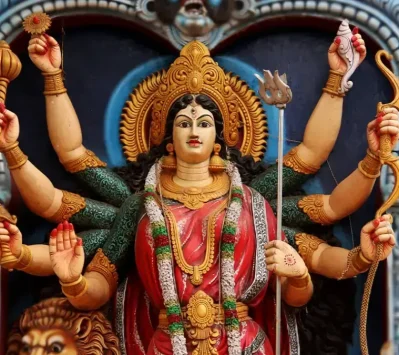
Durga Mata Chalisa -नमो नमो दुर्गे सुख करनी। नमो नमो दुर्गे दुःख हरनी॥ maa durga chalisa एक दिव्य स्तुति है...
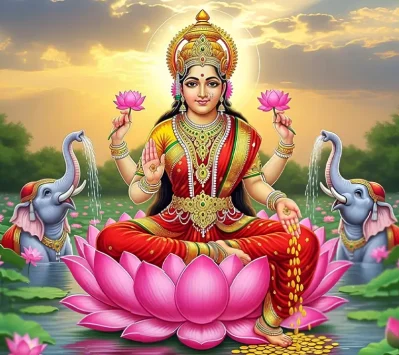
Lakshmi Ji Ki Aarti एक पवित्र स्तुति है जिसमें माँ लक्ष्मी की आराधना की जाती है। Om Jai Lakshmi Mata...
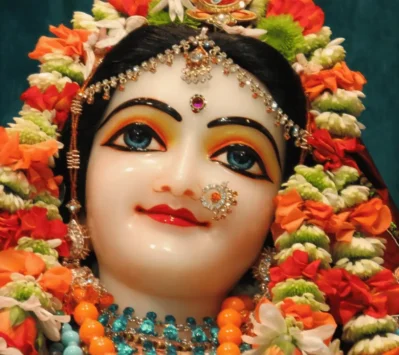
Radha Chalisa- जय वृषभानु कुँवरी श्री श्यामा।कीरति नंदिनी शोभा धामा । नित्य बिहारिनी श्याम अधारा।अमित मोद मंगल दातारा । भक्ति...

